Through April 14, 2013.
 “What does race mean to you?” Oren Stier, an associate professor of religious studies at FIU and director of the Jewish Studies Program, asks this question of the students enrolled in his course on the Holocaust as he leads them on a tour of the exhibition Race and Visual Culture under National Socialism. Stier guest-curated the exhibition, which is on view at FIU’s Frost Art Museum through April 14.
“What does race mean to you?” Oren Stier, an associate professor of religious studies at FIU and director of the Jewish Studies Program, asks this question of the students enrolled in his course on the Holocaust as he leads them on a tour of the exhibition Race and Visual Culture under National Socialism. Stier guest-curated the exhibition, which is on view at FIU’s Frost Art Museum through April 14.
Through visual and material culture, using posters, paintings, books, ephemera, ceramics, and other items from The Wolfsonian’s collection and Mitchell Wolfson, Jr.’s private collection, Race and Visual Culture under National Socialism explores Nazi racial ideology, how it relates to the idea of the perfect society, and by extension and implication, how that ideology fostered the virulent anti-Semitism that led to the Holocaust.
Works on view address how the regime utilized imagery of the German people and the land to create a vision of the nation that was meant to be at once inspiring and comforting. At the same time, Nazi propaganda created images of racial “others,” primarily Jews, as subhuman, villainous, and threatening to the nation.
Race and Visual Culture under National Socialism is organized in six sections: mass communication, posters, family and youth, fine art, the Autobahn, and anti-Semitism. In many ways, this exhibition has been several years in the works. In 2009, Stier received a Mellon Infusion Grant from The Wolfsonian to incorporate objects from the museum into the curriculum of his Holocaust course. Since then, he has continued to use museum materials in his teaching, and the exhibition developed out of that ongoing investigation.
As to how the museum materials have augmented the course and led to him wanting to mount an exhibition, Stier says, “Students are increasingly becoming more visually oriented learners. Utilizing museum materials in my teaching helps to make the abstract concrete. For eighteen to twenty year olds, the 1930s and 1940s seem before the dawn of time. I firmly believe that visual and material culture help make the history real and bring the message home that this is the same era. One thing I tell my students is that the Holocaust happened in color, not in black and white. There were telephones in the Warsaw Ghetto.”
Stier worked closely with Wolfsonian staff members on the exhibition – it was the first exhibition he has worked on, and he describes it as an incredible learning experience. “A major challenge was to focus the material down to a theme and establish a narrative, because there was simply so much potential material in the collection,” he notes. Curatorial guidance and research assistance was provided by Jon Mogul, assistant director of research and academic affairs, Peter Clericuzio, academic programs manager, and Reed Humphery, curatorial research associate.
Stier has organized a lecture series in conjunction with the exhibition, titled “Material and Visual Culture of the Holocaust.” Lectures are free and open to the public with advance registration required. For information on the lecture topics and to register, go here.
Wolfsonian Museum – FIU
1001 Washington Avenue
Miami Beach, FL 33139
305.531.1001
www.wolfsonian.org

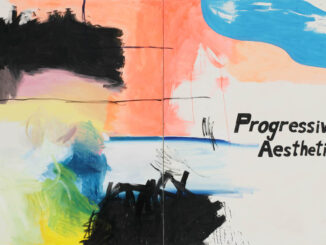
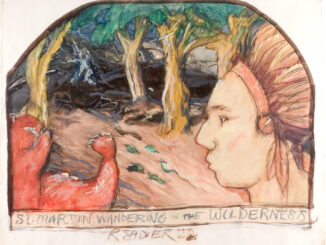
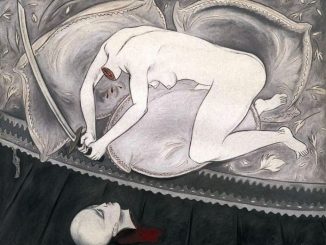
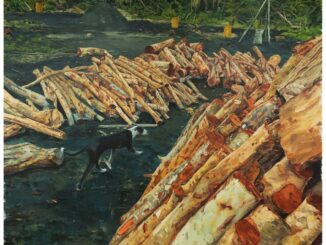
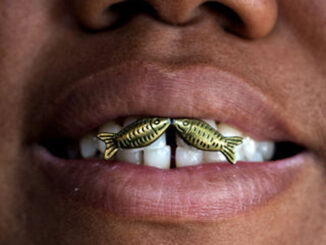
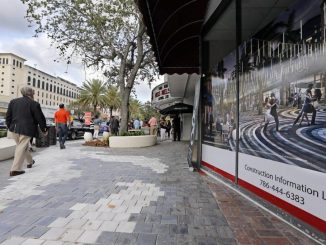
Be the first to comment